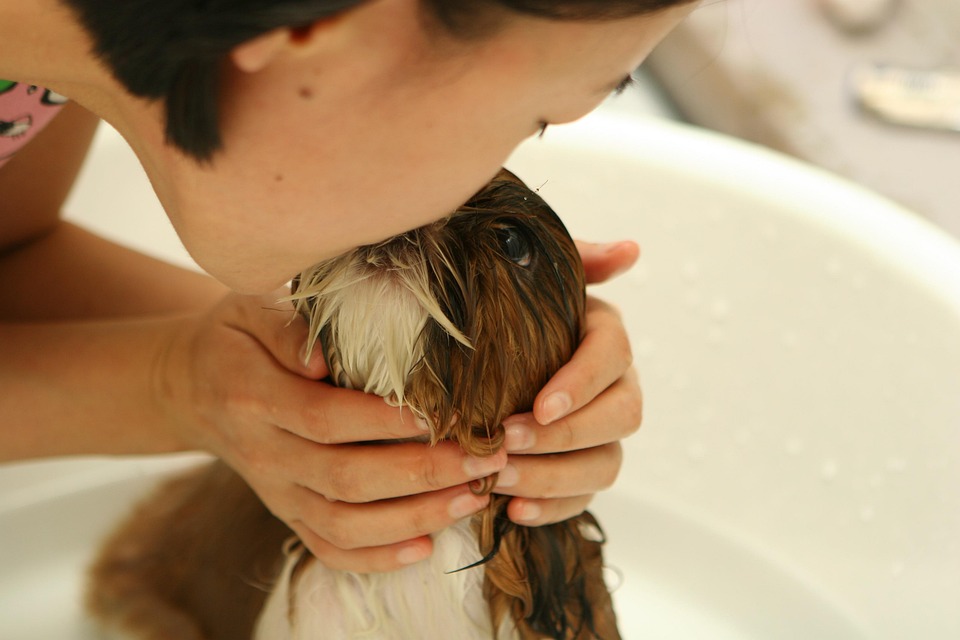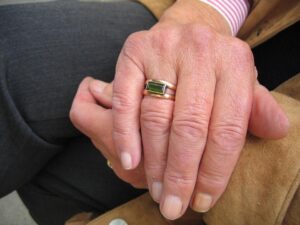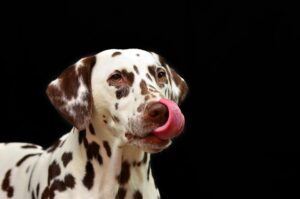
Introduction
Grooming your dog at home can be a rewarding experience that strengthens the bond between you and your furry friend. Not only does it allow you to save money, but it also ensures that your dog feels comfortable and secure. However, DIY dog grooming requires some knowledge and preparation to be successful. In this article, we will explore top tips for achieving salon-quality results at home, covering everything from tools and techniques to maintaining a stress-free environment for your pet.
Understanding Your Dog’s Grooming Needs
Before you begin grooming, it’s important to understand the specific needs of your dog’s breed and coat type. Different breeds have different grooming requirements, ranging from the frequency of grooming to the type of tools needed. For instance, a poodle will have different needs compared to a Labrador Retriever. Research your dog’s breed or consult with a professional groomer to understand the best practices for your pet.
Coat Types and Maintenance
Dogs can have a variety of coat types, including smooth, short, double, long, curly, and wire. Each type requires specific grooming techniques:
- Smooth coats: Require minimal grooming. Regular brushing and occasional baths are usually sufficient.
- Short coats: Benefit from regular brushing to reduce shedding and maintain healthy skin.
- Double coats: Require frequent brushing, especially during shedding seasons, to remove loose undercoat.
- Long coats: Need regular brushing to prevent tangles and mats, and may require trimming.
- Curly coats: Often need specialized grooming and regular trims to keep their shape.
- Wire coats: Require hand-stripping or clipping to maintain their texture.
Essential Grooming Tools
To ensure a successful grooming session, invest in high-quality tools that are suitable for your dog’s coat type. Here are some essential tools to consider:
- Brushes and combs: Choose the right brush for your dog’s coat type, such as slicker brushes for long coats or bristle brushes for smooth coats.
- Clippers and scissors: Use pet-specific clippers and ensure they are sharp and well-maintained. Scissors with rounded tips are ideal for trimming sensitive areas.
- Nail clippers: Opt for guillotine-style or scissor-style clippers, and consider a nail grinder for a smoother finish.
- Shampoo and conditioner: Select a gentle, dog-specific shampoo and conditioner to avoid skin irritation.
- Ear cleaner: Use a vet-approved ear cleaner to keep your dog’s ears free of wax and debris.
Preparing for a Grooming Session
Preparation is key to a successful grooming session. Start by creating a calm and comfortable environment for your dog. Choose a quiet area with good lighting and minimal distractions. Gather all your grooming tools and have them within reach. It’s also helpful to have treats on hand to reward your dog for good behavior.
Introducing Your Dog to Grooming
If your dog is new to grooming, or if you are introducing a new tool, it’s important to take things slowly. Allow your dog to sniff and explore the tools before you use them. Gradually introduce each step of the grooming process, using treats and praise to create a positive association. Be patient and take breaks if your dog becomes anxious or restless.
Brushing and Dematting
Regular brushing is crucial for maintaining a healthy coat and preventing mats and tangles. Start by gently brushing your dog’s coat in the direction of hair growth. Use a detangling spray for stubborn knots and a comb to carefully work them out. For dogs with long or curly coats, consider using a slicker brush to remove loose hair and prevent matting.
Dealing with Mats
Mats can be painful and lead to skin issues if left untreated. To remove mats, hold the base of the mat close to the skin to avoid pulling. Use a mat splitter or your fingers to gently separate the mat into smaller sections, then work through each section with a comb or brush. In severe cases, it may be necessary to cut the mat out using scissors with rounded tips.
Bathing Your Dog
Bathing is an essential part of grooming, but it should not be done too frequently as it can strip the coat of natural oils. Most dogs benefit from a bath every 4-6 weeks, but this can vary depending on their lifestyle and coat type.
Bathing Tips
- Prepare the bath area: Use a non-slip mat in the tub or sink to prevent slipping. Ensure the water temperature is lukewarm.
- Start with a thorough brushing: Remove loose hair and mats before bathing to make the process easier.
- Use a dog-specific shampoo: Apply the shampoo evenly, avoiding the eyes and ears. Rinse thoroughly to remove all residue.
- Apply conditioner if necessary: For dogs with long or curly coats, a conditioner can help keep the coat smooth and manageable.
- Dry your dog thoroughly: Use a towel to blot excess water, then a blow dryer on a low setting if your dog is comfortable with it.
Trimming Nails
Regular nail trimming is essential for your dog’s comfort and health. Overgrown nails can cause pain and affect your dog’s gait. Aim to trim your dog’s nails every 3-4 weeks, depending on their growth rate.
Nail Trimming Techniques
- Choose the right time: Trim your dog’s nails when they are calm and relaxed, such as after a walk or play session.
- Use proper tools: Select a nail clipper that suits your dog’s size and nail thickness. A nail grinder can be useful for smoothing edges.
- Trim gradually: Trim a small amount at a time to avoid cutting the quick, which can cause bleeding and pain. If you are unsure, consult a professional groomer or veterinarian.
- Reward your dog: Offer treats and praise during the process to keep your dog calm and cooperative.
Cleaning Ears and Eyes
Regular ear and eye cleaning is necessary to prevent infections and maintain your dog’s health. Some breeds are more prone to ear issues due to their anatomy, so it’s important to be vigilant.
Ear Cleaning Tips
- Use a vet-approved cleaner: Apply the cleaner to a cotton ball and gently wipe the outer part of the ear. Avoid inserting anything into the ear canal.
- Check for signs of infection: Redness, swelling, or a foul odor may indicate an infection, requiring veterinary attention.
Eye Cleaning Tips
- Remove discharge: Use a damp cotton ball to gently wipe away any discharge from the corners of your dog’s eyes.
- Monitor for irritation: If your dog has excessive tearing or redness, consult with your veterinarian.
Maintaining a Stress-Free Environment
Ensuring that your dog is comfortable and relaxed during grooming is essential for a successful experience. Here are some tips to create a stress-free environment:
- Establish a routine: Regular grooming sessions help your dog become familiar with the process.
- Stay calm and patient: Your dog can sense your emotions, so remain calm and patient throughout the session.
- Use positive reinforcement: Reward your dog with treats and praise for good behavior to create positive associations.
- Take breaks if needed: If your dog becomes anxious or restless, take a short break to allow them to relax.
Conclusion
DIY dog grooming can be a fulfilling and cost-effective way to care for your pet, provided you have the right tools, techniques, and knowledge. By understanding your dog’s specific grooming needs, investing in quality tools, and creating a calm environment, you can achieve professional results at home. Remember to be patient and gentle, and always prioritize your dog’s comfort and well-being. With practice and persistence, DIY grooming can become a positive experience for both you and your furry companion.
#ChatGPT assisted in the creation of this article.








